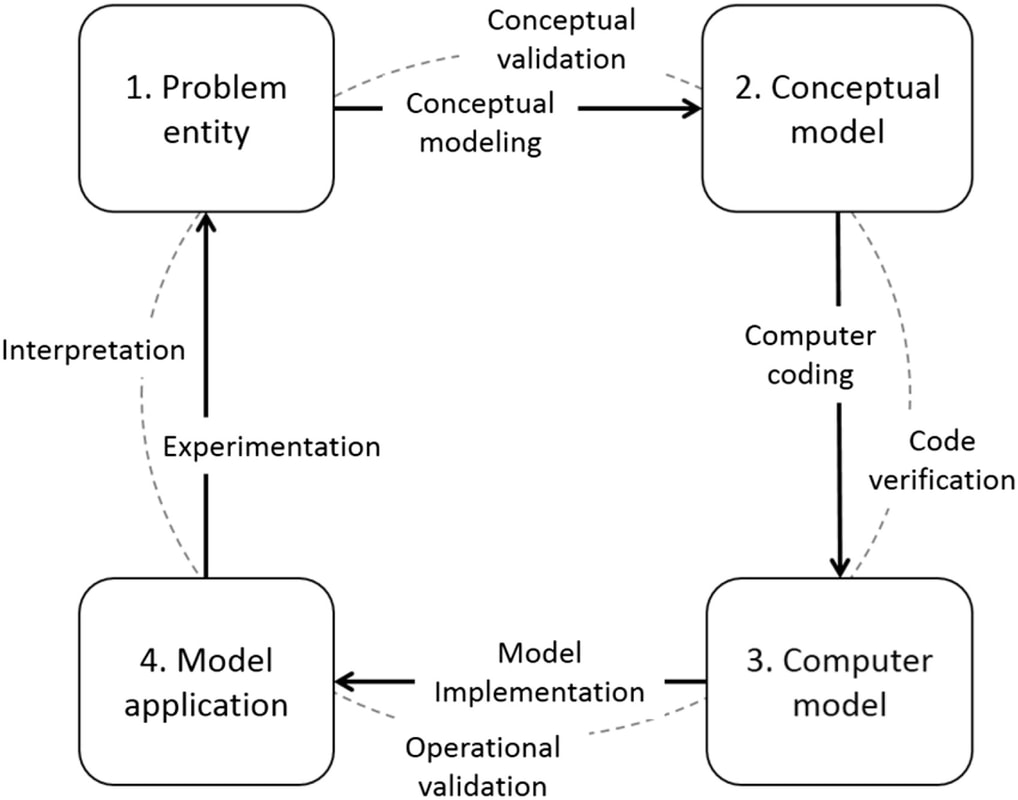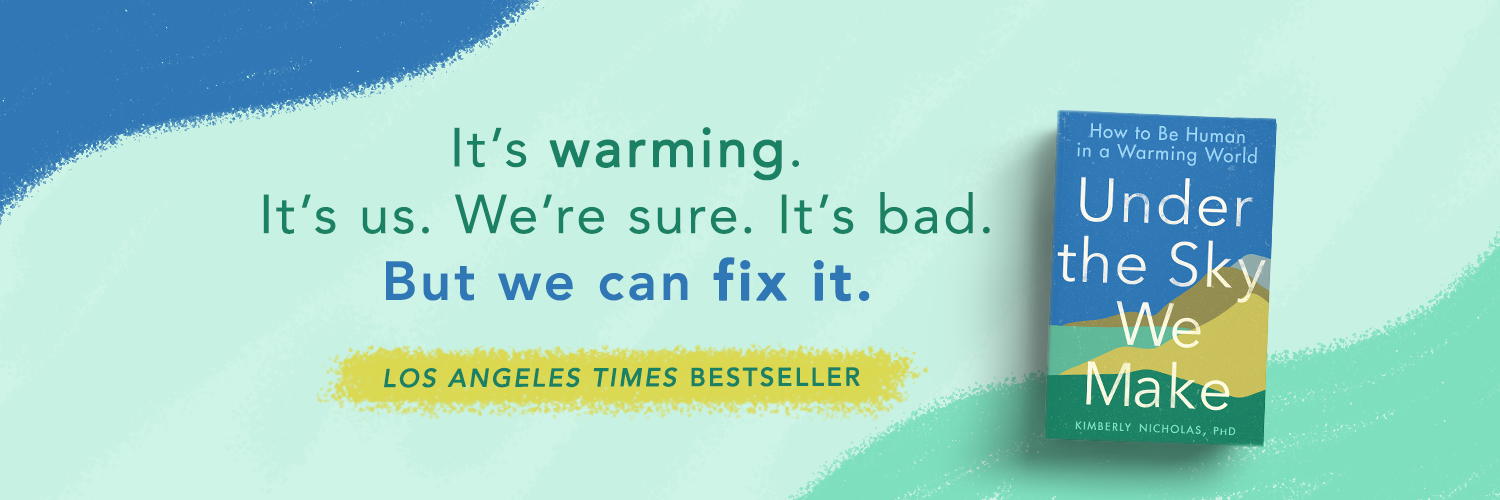Global land use
We study land use at the global scale, and examine the potential synergies and trade-offs between different land uses such as food or bioenergy production, climate mitigation, and conservation. This is particularly relevant in light of global policy goals, including the Paris Agreement to hold global temperature well below 2°C warming "in a manner that does not threaten food production," and the UN Global Sustainable Development Goals including eradicating poverty and hunger while safeguarding ecosystems, biodiversity and the climate.
Relying on land-based climate mitigation threatens food production and biodiversity
In related work, we have recently analyzed the global land use trade-offs implied by climate mitigation pathways heavily reliant on "negative emissions" including future carbon uptake from land, such as bioenergy with carbon capture and storage (BECCS). We show that current mitigation scenarios attempt to avoid large near-term emissions reductions by relying on future atmospheric carbon removal, to be achieved through major land use change. We conclude that the modeled large expansions of global forest and cropland for bioenergy, at the expense of current pasture and natural land, is likely to negatively impact food production and biodiversity. We suggest scientists leading integrated assessment modeling and political experts designing climate mitigation policies work more closely together to co-create mitigation scenarios that explicitly include social and environmental goals and their underpinning assumptions and ethical perspectives. (Dooley, Christoff, and Nicholas, 2018). Our work was quoted in a Carbon Brief explainer on Integrated Assessment Models.
In related work, we have recently analyzed the global land use trade-offs implied by climate mitigation pathways heavily reliant on "negative emissions" including future carbon uptake from land, such as bioenergy with carbon capture and storage (BECCS). We show that current mitigation scenarios attempt to avoid large near-term emissions reductions by relying on future atmospheric carbon removal, to be achieved through major land use change. We conclude that the modeled large expansions of global forest and cropland for bioenergy, at the expense of current pasture and natural land, is likely to negatively impact food production and biodiversity. We suggest scientists leading integrated assessment modeling and political experts designing climate mitigation policies work more closely together to co-create mitigation scenarios that explicitly include social and environmental goals and their underpinning assumptions and ethical perspectives. (Dooley, Christoff, and Nicholas, 2018). Our work was quoted in a Carbon Brief explainer on Integrated Assessment Models.
|
Cast a wider net to improve models of global land use change
Global land use is the result of billions of decisions by individual landowners, who are embedded in specific social and environmental context. Models are one tool to understand the drivers, outcomes, and patterns of global land use, but how can models be more robust and useful? In this study led by Nick Magliocca, we suggest an approach for synthesizing many discrete cases across the modeling cycle to build better and more useful models of global land use change. See also SESYNC blog post on this and related research. |



